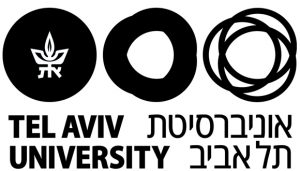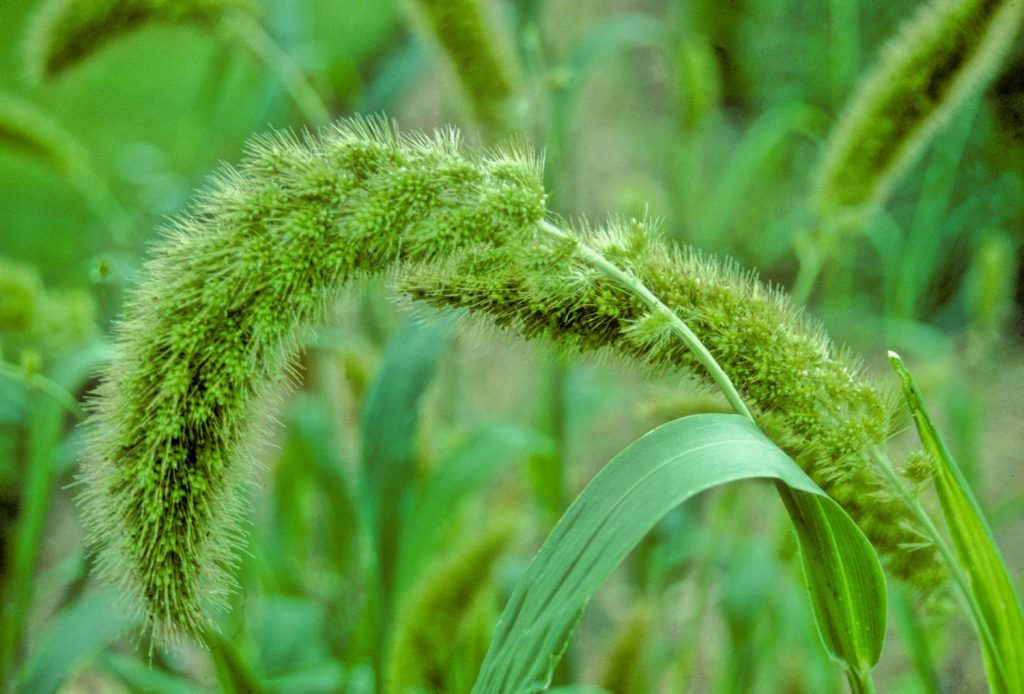Millet, דֹחַן, Panicum, Sorghum
Back to Floramillet
דֹחַן (dōḥan)
Panicum, Sorghum
Image gallery
Biblical data
Introduction
The word דֹחַן is a hapax legomenon in the Hebrew Bible. It occurs once in a list of grains and legumes that Ezekiel is instructed to use to make bread for himself in the geographic setting of southern Mesopotamia (Ezek 4:9).
Distribution within the Bible
The single occurrence of the word is found in prophecy.
Parts, Elements, Features that Are Specified in the Bible
None.
Function in Context
Realistic reference to its use as an ingredient in bread (לָחֶם, Ezek 4:9). The geographical setting is “the land of the Chaldeans” (Ezek 1:3), or southern Mesopotamia.
Pairs and Constructions
Fifth in a list of six ingredients to make bread, preceded by wheat, barley, beans, and lentils, and followed by emmer: חִטִּין וּשְׂעֹרִים וּפוֹל וַעֲדָשִׁים וְדֹחַן וְכֻסְּמִים. The fact that nothing like this list of ingredients appears elsewhere in the Hebrew Bible in relation to bread suggests that this is probably not ordinary bread.
Contributor: Dr. Raanan Eichler, Department of Bible Studies, Bar Ilan University
History of Identification
Identification History Table
| Hebrew | Greek | Aramaic | Syriac | Latin | Arabic | English | |||||
| Ref | MT | LXX | Revisions | Targumim | Peshitta | Vulgate | Jewish | Christian | KJV | NRSV | NJPS |
| Ezek 4:9 | דֹחַן | κέγχρον = millet, Panicum miliaceum | דוֹחַן
= millet |
dwḥnˀ[1]
= millet |
milium
= millet |
millet | millet | millet | |||
Discussion
The term is identified as millet by the Septuagint (κέγχρος), Targum Jonathan (דוֹחַן), the Peshitta (dwḥn), and the Vulgate (milium). This identification is unanimously accepted by modern scholars: Löw identifies it specifically with Setaria italica, also known as Panicum italicum and in English as foxtail millet. Feliks prefers Sorghum cernuum, also known as Sorghum bicolor and in English as great millet or sorghum. Amar favors Panicum miliaceum, known in English as proso millet or common millet. Zohary speaks of both Panicum miliaceum and Sorghum bicolor.[2]
End Notes
[1] This word is used by the Peshitta also to render the hapax legomenon פַנַּג in Ezek 27:17.
[2] Löw 1924–34, 1:738–40; Feliks 1968, 154–55; Zohary 1982, 77; Amar 2012, 130–31.
Bibliography
Amar, Zohar. 2012. Flora of the Bible : a new investigation aimed at identifying all of the plants of the Bible in light of Jewish sources and scientific research. Jerusalem: Rubin Mass (Hebrew).
Feliks, Yehuda. 1968. Plant world of the Bible. Ramat-Gan: Masada (Hebrew).
Löw, Immanuel. 1924–34. Die Flora der Juden. 4 vols. Vienna and Leipzig: Löwit and Kohut.
Zohary, Michael. 1982. Plants of the Bible. London: Cambridge University Press.
Contributor: Dr. Raanan Eichler, Department of Bible Studies, Bar Ilan University

